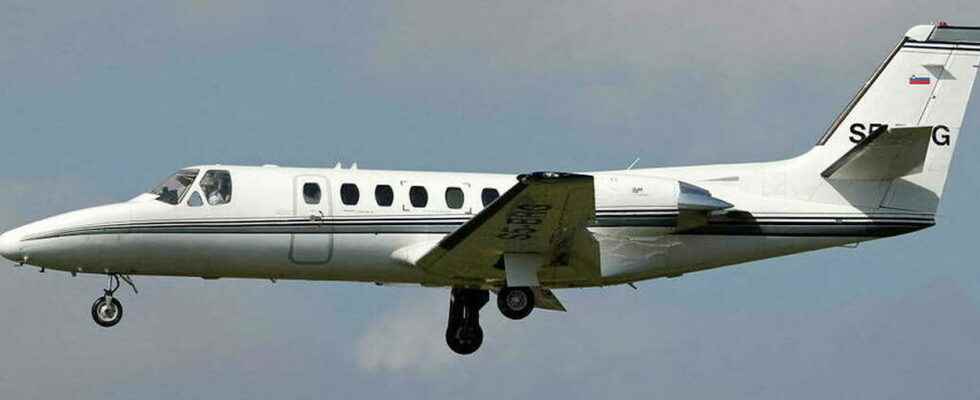Un scenario worthy of a disaster movie. On Sunday, September 4, a Cessna plane crashed into the sea off Latvia, the Swedish authorities announced shortly before 8 p.m. (Paris time). What makes this story all the more enigmatic is what happened before the plane crashed. In fact, after taking off at 2:55 p.m. from Jerez (Spain), contact with the aircraft was lost shortly after the aircraft had crossed the Pyrenean massif.
According to the German newspaper Picture, a few moments earlier, the captain had reported pressurization problems in the cabin. Moreover, the Spanish and French hunters dispatched around the aircraft in difficulty could not see anyone inside the plane, either in the cockpit or the cabin. The route of the crazy plane would have continued, according to the aircraft tracking tools, above France. He would then have crossed France, from the Basque country to the northeast. Once the plane entered Danish airspace, the fighter pilots observed that the plane was spinning. A few minutes later, the plane crashed in the Baltic Sea. Relief was sent to the scene by Sweden.
READ ALSOAir safety in 2021: positive results, but watch out for the birds
International newsletter
Every Tuesday, receive the best of international news, and receive exclusive previews from Le Point.
The editorial staff advises you
